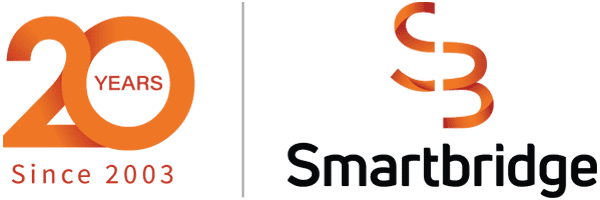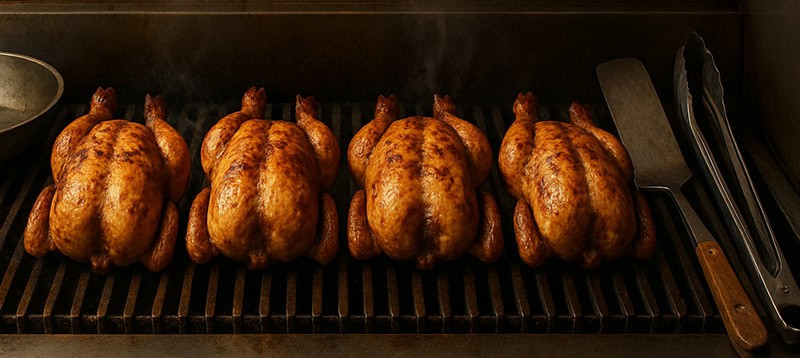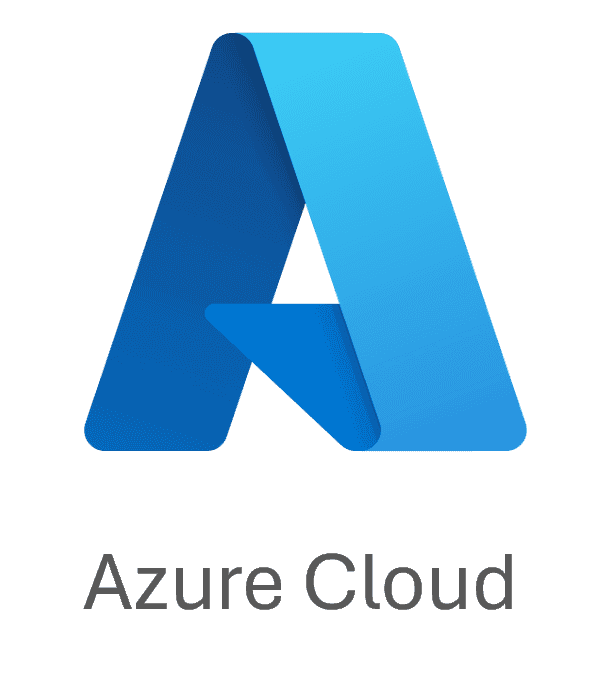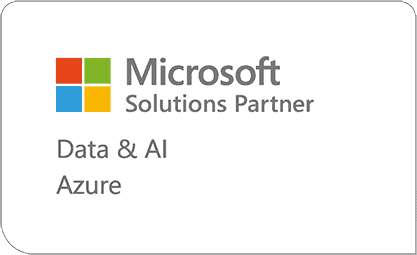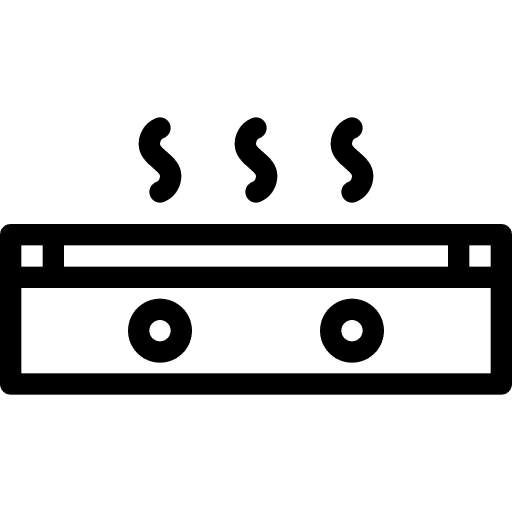APP DEV CASE STUDY
Operations Optimization & Real-Time Forecasting for a Quick-Service Restaurant
Client Introduction
This quick-service restaurant (QSR) brand is known throughout Florida and other locations with about 150 stores, known for its Caribbean-inspired menu.
The restaurant serves a diverse customer base with dine-in, drive-thru, and online ordering options. The company has refocused its growth strategy on operational excellence and digital engagement within core markets, aiming to enhance customer experience and improve profitability.
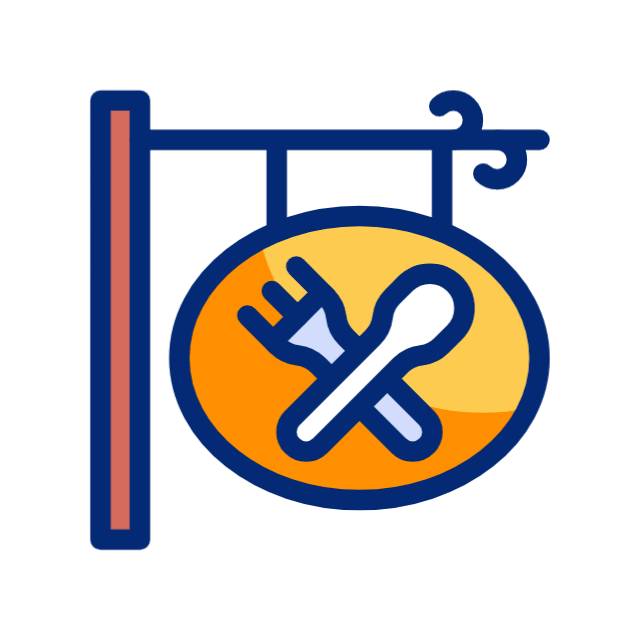
Legacy methods for cooking processes
The client’s kitchen operations relied on manual processes and PAR sheets to determine cooking schedules for grilled chicken, which involves a multi-step process taking roughly an hour.
Chickens were cooked in overlapping 20-minute batches to ensure availability during peak demand. However, cooks had to manually interpret prior day sales data, estimate demand, and adjust for current conditions – resulting in inconsistency, training challenges, and increased food waste.
Additionally, there was limited visibility into how actual production aligned with demand or how much waste was occurring at each store.
The Solution: Stabilizing the App & Modernizing with Microsoft
We developed a solution that used historical sales data by store to generate optimized cook forecasts for every 20-minute slot throughout the day.
These forecasts were calculated daily and uploaded to an Azure-hosted API and database. A custom .NET MAUI application, deployed on wall-mounted iPads in each kitchen, guided cooks in real time—prompting when to cook, how many to cook, and when to move items to the next step.
Cooks could also log waste events directly in the app. Sales data was sent from each store’s back-office POS system to the cloud API every five minutes. Using SignalR, real-time updates were pushed to the iPads, allowing the app to dynamically track available inventory and trigger alerts when cooked items had exceeded hold times.
This system reduced waste, simplified training, and improved operational consistency across stores. It also gave corporate users visibility into actual vs. forecasted production and waste, enabling more data-driven decisions.
Keep Reading: Smartbridge Kitchen Intelligence
There’s more to explore at Smartbridge.com!
Sign up to be notified when we publish articles, news, videos and more!
Other ways to
follow us:
